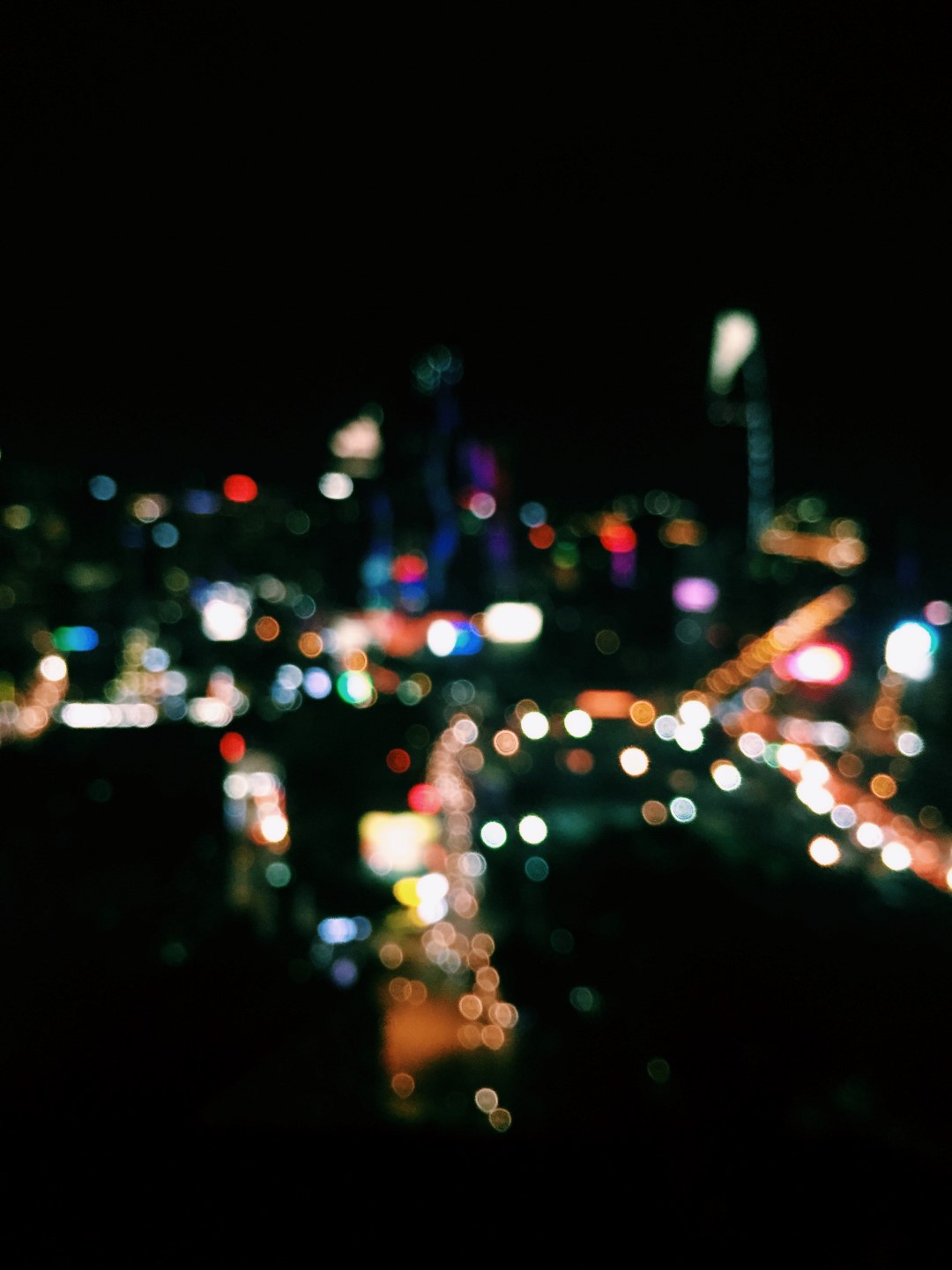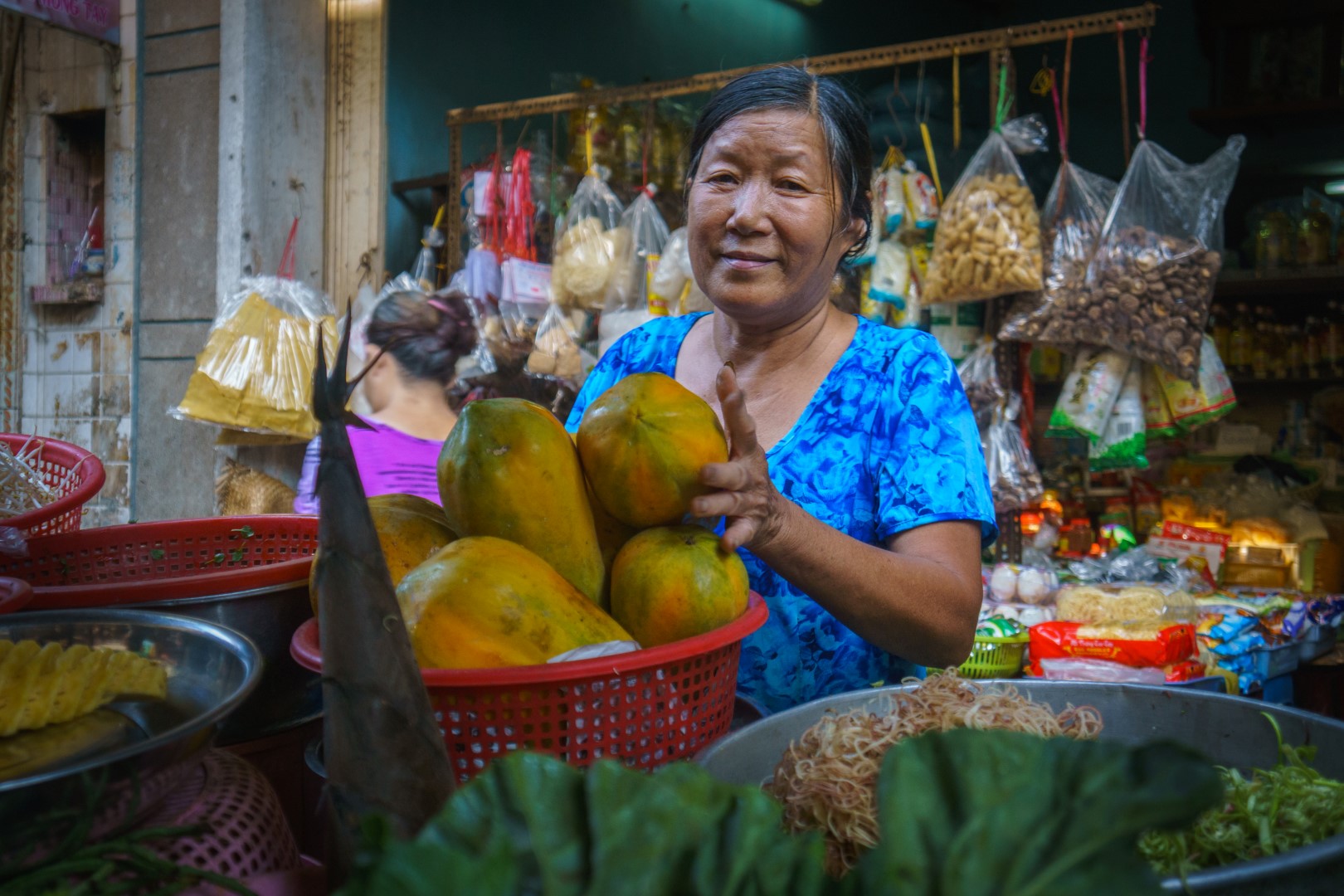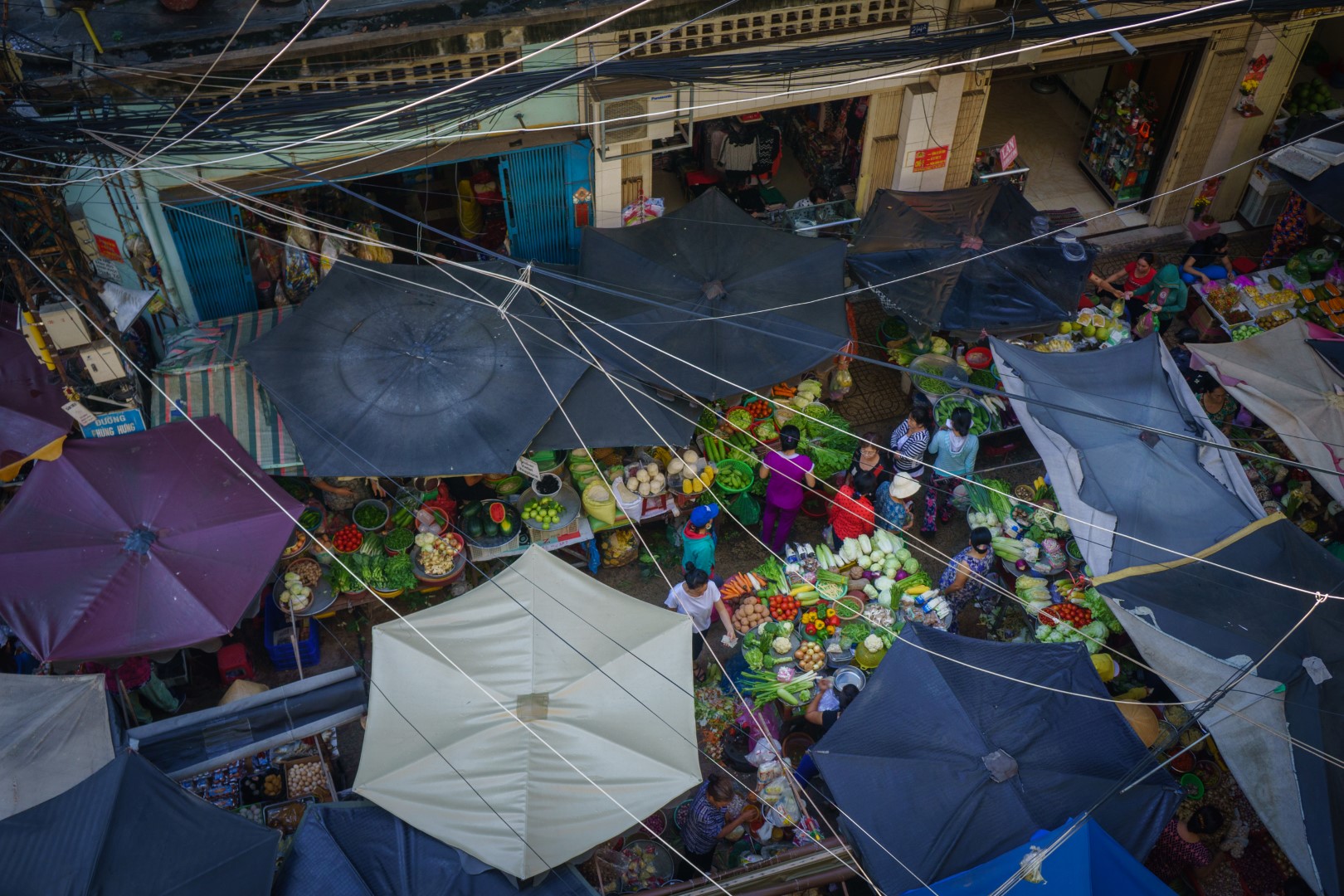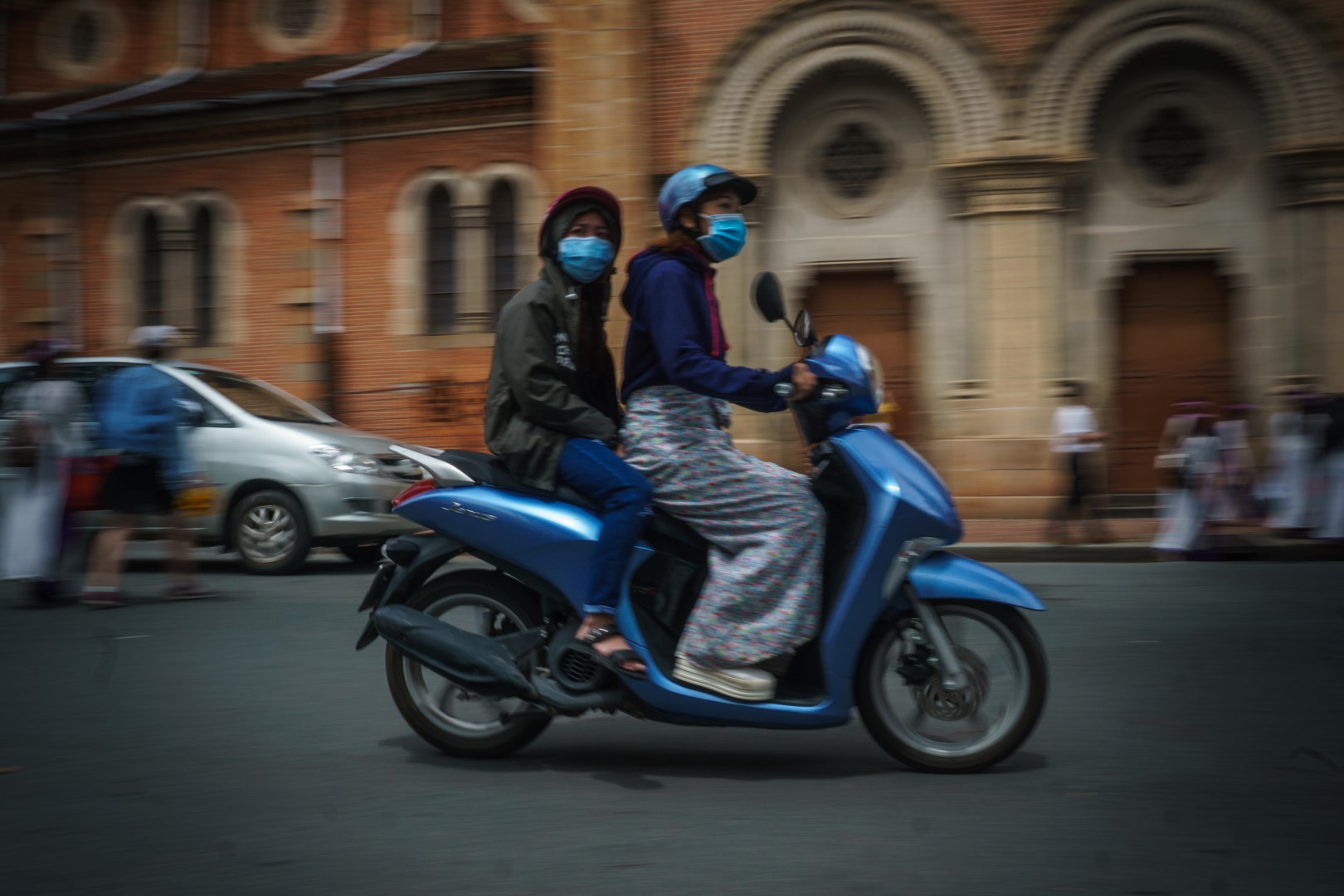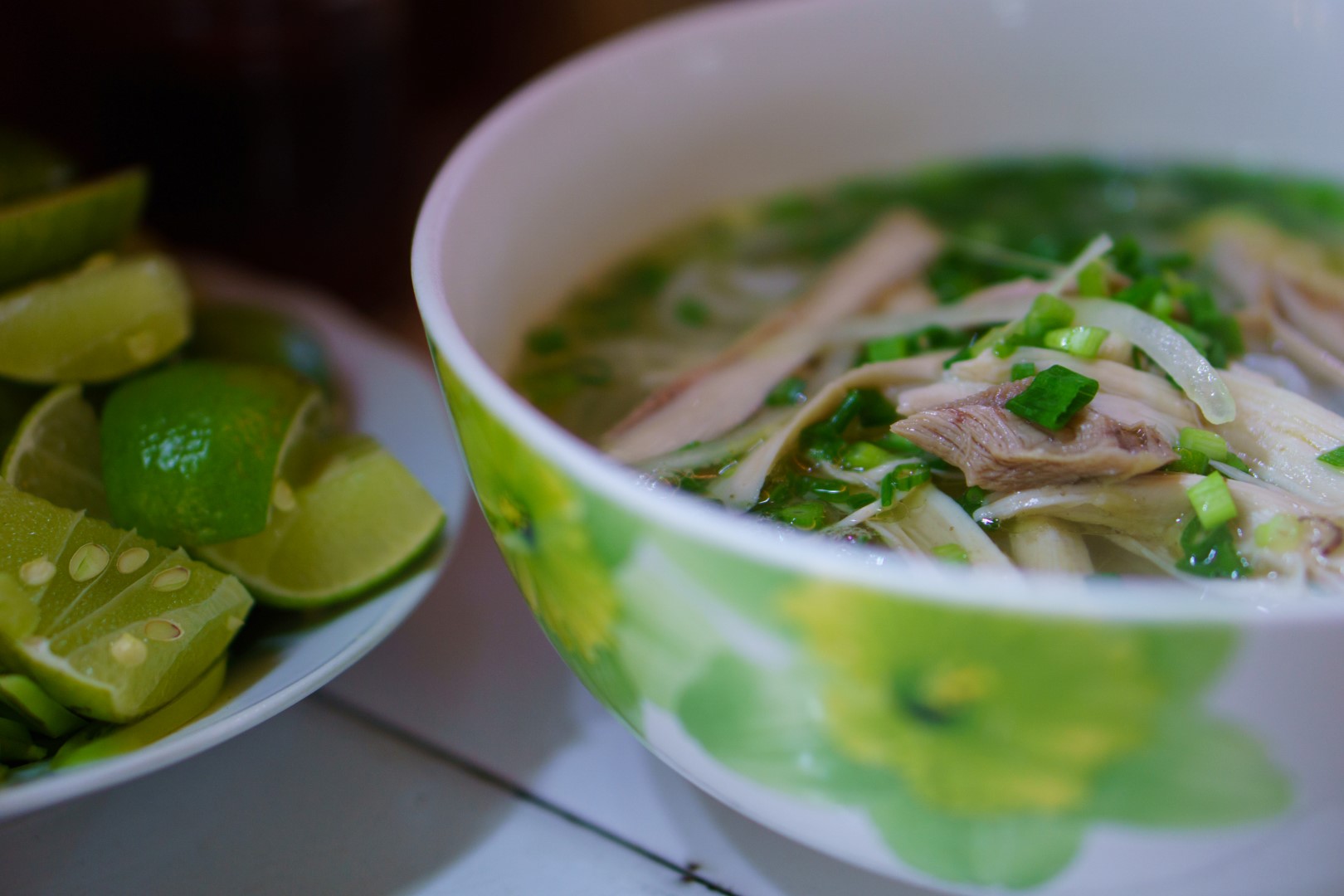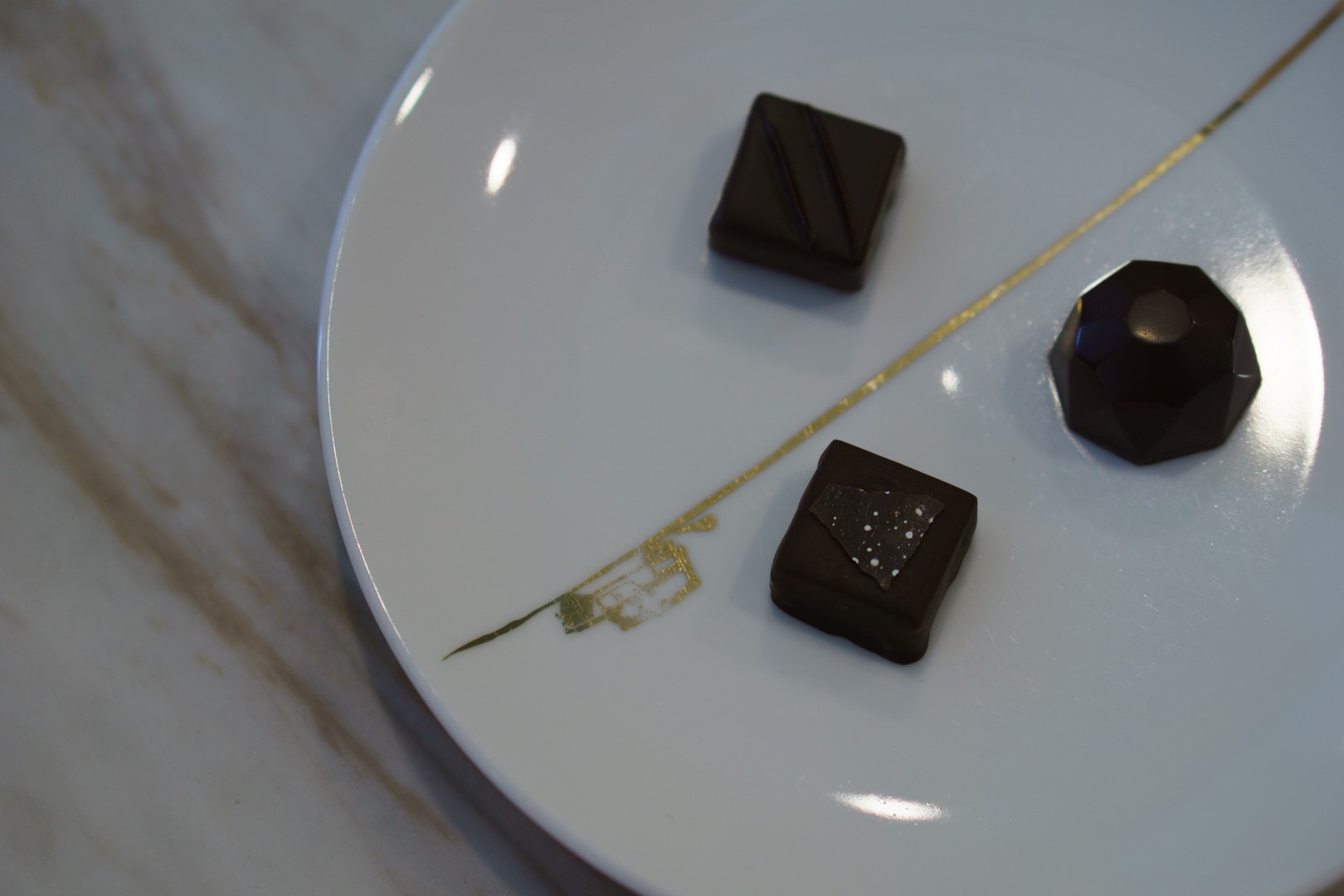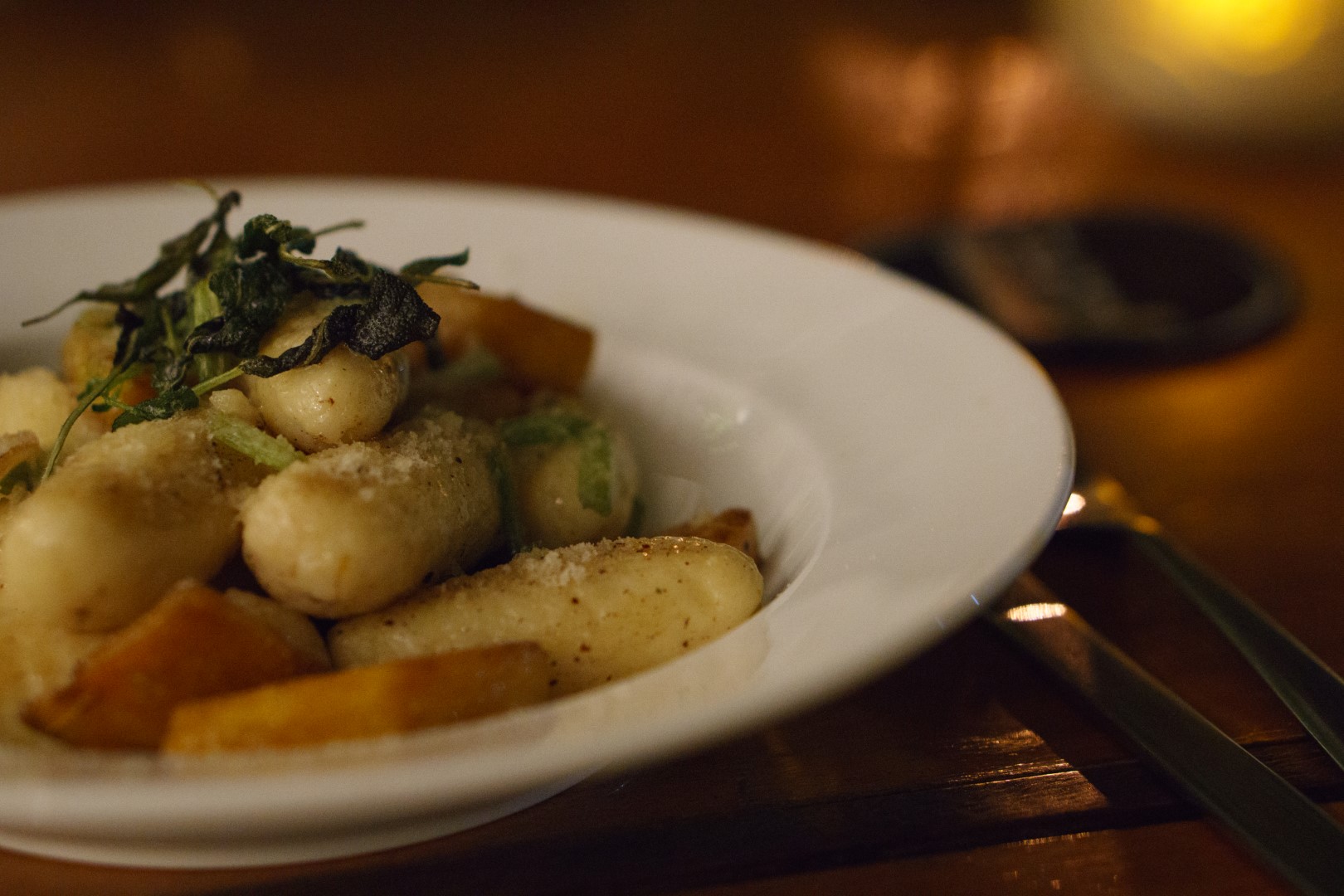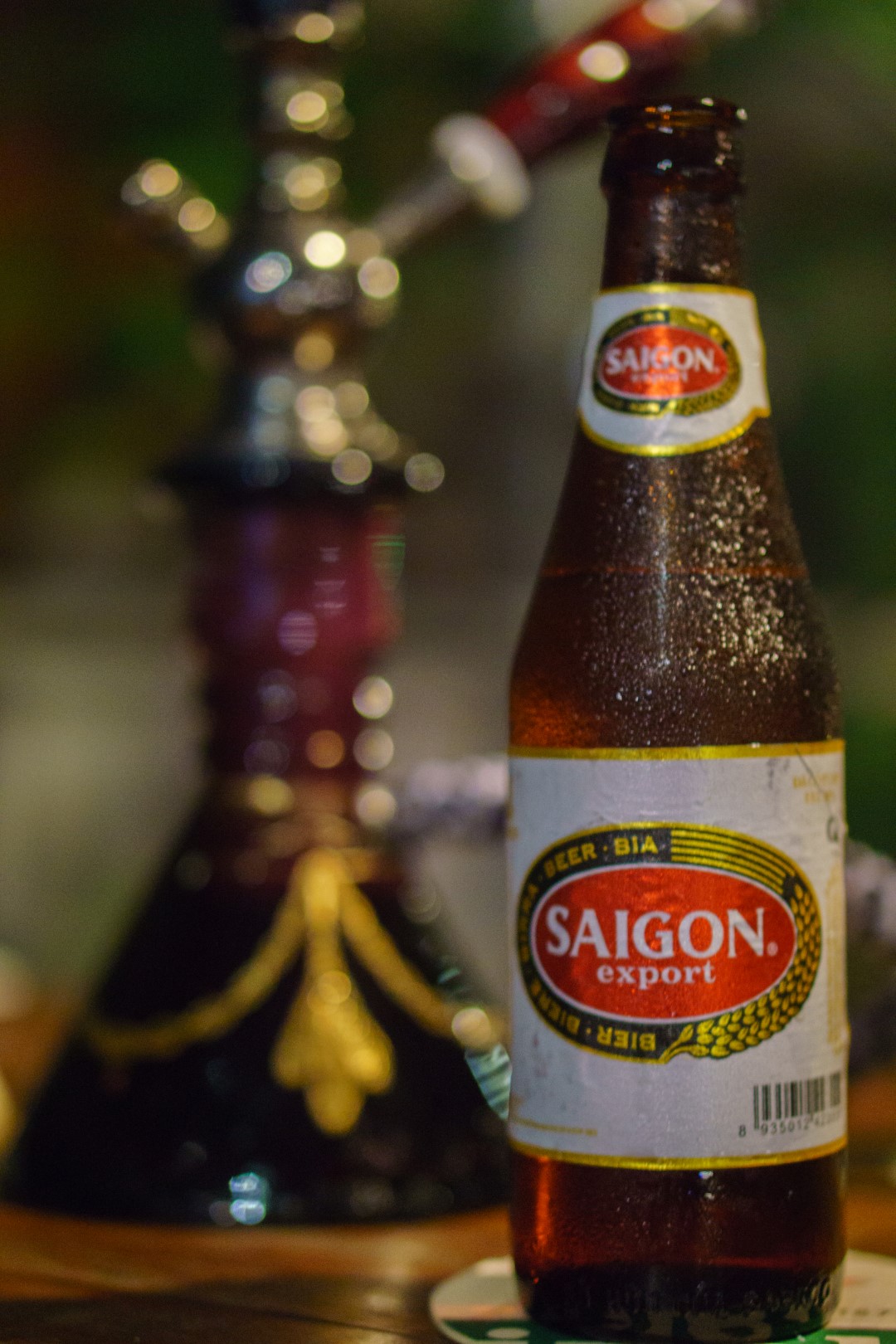Eating and Drinking our Way Through Saigon
Our time in Saigon was heavily influenced by two things: selling the motorcycles, and Rachel getting really sick. Even with those two things unduly affecting our time, we still managed to get a good feel for the sights, sounds, and ambience of the old Southern Vietnam capital. And, as I am writing this far after we actually visited the place, I can say with certainty that it would without a doubt be the number one destination in South East Asia that I would actually consider living in (mind you, we haven’t been to Singapore yet, so keep that in mind).
Yeah, it's a pretty modern city.
Ho Chi Minh City, or Saigon as it was formerly officially and still colloquially known, is the largest and most important city in Vietnam, and provides a window into Vietnam’s future. This shining beacon of modernity in a somewhat backward-looking country has a storied history, rife with tales of growth, colonialism, and war. It was the scene for some of the most intense and interesting moments of the 20th century, and every cobblestone that line the sun-dappled streets could tell you stories that would fill you with hope, rage, and astonishment. I’ve spoken at length about the history of Vietnam, both ancient and recent, but the history of Saigon is undoubtedly the history of Vietnam – especially recently.
Raised from the fertile soil of the Mekong Delta, Saigon had humble beginnings in ancient times, rising in power as a part of the mighty Khmer (early Cambodian) empire before finally being conquered by the Nguyen dynasty, the builders of the Imperial City in Hue and the fathers of Vietnam as we know it today. After enjoying a prolonged prosperity under the Nguyen emperors, the French colonization of Vietnam resulted in Saigon being proclaimed as the capital of Cochinchina, and that’s where the story begins to get interesting.
As through much of Vietnam, Laos, and Cambodia, the remnants of French occupation are numerous and varied, but nowhere more-so than in Saigon. It could be argued, perhaps, that much of what Saigon is today is owed to France’s attempt to build a ‘Paris of the East;’ the wide, tree-lined boulevards, numerous parks and green spaces, and beautiful architecture certainly remind one more of Europe than Asia, no doubt about that.
However, the importance of this city to the French colons (i.e. French citizens living in their colonies) and subsequent foreign occupiers is what makes the history here so interesting – since the start of World War II, Saigon has changed hands no less than seven times, and only one of those occupiers has been Vietnamese. First the French colons were kicked out by the Vichy (pro-Nazi French) colons, who were then replaced by Japanese invaders during the latter stages of the war; the Japanese lost the war to the Allies so England moved in and occupied it for a time until France was able to get back in charge; but then France was defeated by the North Vietnamese in 1954, removing their hold on the city; but North Vietnam was communist and of course the Americans weren’t going to stand for the ‘Red Menace’ scooping up any more territory so they installed a South Vietnamese puppet government in Saigon; only after a long-drawn out war with the Viet Cong and their North Vietnamese Allies were the Americans forced to withdraw, allowing the North Vietnamese to rush down from Hanoi and in 1976, finally, reunify the country, re-naming their new Southern capital ‘Ho Chi Minh City.’
Still with me? That makes eight different rulers in less than forty years. But despite the chaotic mess that is the history of Saigon, the future of the city couldn’t be any brighter. Nowhere else in Vietnam did we encounter such amazing energy – the bright and bold mood here is palpable everywhere you go, and you can tell by just looking around that things are different here than other places in Vietnam. However, that mood shifts a bit depending on where you are in the city.
Like Paris, Ho Chi Minh City was split up into districts by the French city planners, and we spent most of our time in Districts 1, 2, and 4. Our accommodation, a little AirBnB studio apartment, was in District 4, a more residential, slower-paced, and more traditionally Vietnamese neighborhood than its Northern neighbor, District 1. District 1 is the commercial center of the city, with the tallest buildings, best bars, greatest shopping, most storied history, and a pulsing capitalist energy. District 2 is an area on the Southern side of the Saigon River, to the East of District 1, and is currently under development as one of the newest and most up-and-coming areas in the city. Some of the best bars and restaurants, as well as the largest ex-pat population, lie here. We stayed in District 2 for a night at the tail-end of our time in Saigon.
They have motorcycle Uber here. It's awesome.
Rachel and I also had the chance to see other areas of Saigon apart from one-another. One of the things that Rachel had been wanting to do, ever since we were in Hoi An and were snake-bitten by every tour we tried to do, was take a photography workshop focussing on street photos. Under recommendation from a couple of great photographers, we hired Jarek from Vietnam Photo Adventures, who took her to the Cholon marketplace in District 3, formerly a separate city full of immigrant Chinese workers. Jarek taught her all about her camera, photography techniques, post-processing, and (much to my horror) gave her a shopping list. So, on the one hand, the photos from hereon out are going to get even better, but on the other, Rachel now has a very expensive hobby. Have to pay to play, I suppose.
During her photography workshop, I decided to take DJ North-east of the city to check out the Cu Chi tunnels, a tunnel network used by the Viet Cong during the American war. During the war, Charlie (American colloquialism for the Viet Cong) used this network of hand-dug tunnels, which stretched more-or-less over the entirety of South Vietnam, to move troops, supplies, and weaponry without being detected by the Americans. With the entrances and ventilation shafts cleverly disguised, these claustrophobically small passages (one-meter, or three-foot square, usually) are extend in a warren to three to four stories underground, complete with dead ends and booby traps should any enemies find their way inside. It’s truly a wonder that the Viet Cong, despite being severely out-gunned, could evade the Americans so completely, popping up almost at random from their tunnel network to spring ambushes, and then disappearing again just as suddenly. Using underground barracks, field hospitals, and mess halls, they would live for months at a time in these tunnels filled with carbon monoxide, poisonous centipedes, and claustrophobic conditions, all to repel the foreign invaders; as I drove home from the tunnels, I couldn’t help but marvel at the stupendous fortitude and courage of the Vietnamese people. They’d been fighting for a hundred years to get France out of the country, they weren’t going to let something as small as another technologically superior Western military come in the way of their sovereignty. An incredible people, no doubt.
They LIVED in here!?
Other than the Cu Chi Tunnels, photography workshops, and a Vietnamese Cirque-du-Soleil style show we watched at the beautiful Saigon Opera House called ‘Teh Dar,’ most of what we did in Saigon, as in Da Lat before it, was eat and drink our way through the finest establishments in the city. In a break with the narrative tradition of this online journal, Rachel and I felt it high-time that we provided some reviews and recommendations, in case anyone who’s reading this ever makes it out to this part of the world. Without further ado:
District 1
Eat
Com Nieu Sai Gon ($$) – Named by Anthony Bourdain as a must-visit, Rachel and I weren’t thrilled by this place. Sure, the Com Dap was fantastic (rice baked in a clay pot and smashed upon serving it to you), but the rest of the food was just OK. In our opinion, the value just wasn’t there, despite the interesting service and menu.
Cuc Gach Quan ($$$) – We went here in search of some fantastic vegetarian fare, and we eventually found it, though not before being completely overwhelmed by their encyclopedia of a menu first. They must have every vegetable and meat varietal available in Vietnam on this menu, and the idea is that you mix and match them, tapas style, to create your own unique meal. It’s a bit daunting at first, but with help from the staff, we made our way through it well fed and agreeable. The venue itself, designed by the architect owner, is beautiful and worth a visit alone.
Cuc Gach Quon's interior design is on point.
Rico Taco ($$) – I don’t want to say that this was the best Mexican I’ve ever had, but it was the right thing at the right time, and it definitely solved our refried bean and margarita cravings. Apparently there’s live music and salsa nights pretty frequently, but it was unfortunately pretty subdued on the rainy Wednesday night that we visited it.
Pho Hoa Pasteur ($) – Just go, there’s a reason almost everyone recommends it. We would have eaten here every day if it was an option.
Au Parc ($$$) – We went here for a delicious Turkish breakfast one morning. It was a little pricey, but when you have the Turkish word for ‘breakfast’ tattooed on you, you kind of commit to doing it right.
Marou ($$) – Rachel told me that “I died every time that I put one of those delectable little chocolates in my mouth,” so that should tell you everything you need to know. A chocolate boutique run by a couple of French fellows who realized how to use Vietnam’s incredibly varied climate to grow some amazing cocoa.
Drink
Chill Skybar ($$$$) – From the 25th floor of the AB tower in the heart of District 1, the view from this bar is what dreams are made of. The fashionable setting (this is THE PLACE to see and be seen in Saigon, apparently) and swanky cocktails don’t hurt either. Just get out before your wallet gets too light.
We actually fit in OK here with the hoity-toities.
Snuffbox Lounge ($$$) – Though a bit hard to find, this ultra-hip lounge serves gourmet cocktails with fashionable locals and expats until the wee hours of the morning. Highly recommended.
Apocalypse Now ($$$) – A famous nightclub here in Saigon, it’s definitely on the seedier side. We would recommend that you stay away unless Vietnamese prostitutes and overpriced drinks ($6 USD for the shitty local 666 Beer?!?) are your fare. There are definitely cooler places to go in Saigon for late night – see Snuffbox, above.
District 2
Eat
LUBU ($$$$) – The food and ambience here are fantastic, and the wine list is one of the best we found in Saigon. That said, be prepared to pay for it – this was the most expensive meal we had in all of Vietnam by a pretty large margin.
Wine list be damned, I still drank cheap beer at Lubu.
Mekong Merchant ($$) – We went here for an excellent breakfast after we first arrived in Saigon, and their menu was a welcome change from the noodle soups we’d been imbibing every breakfast for the past six or so weeks. Great coffee.
Drink
Warming up the hookah at Saigon Outcast.
Saigon Outcast ($) – This industrial art-space meets climbing gym meets hookah bar meets theatre was on our list from the second we got to Saigon, but we didn’t get to actually go until our last night. Despite being almost dead when we were there, it’s a really, really cool space and I can bet it gets rowdy if you’re not there on Tuesday at closing time.
The Deck ($$$) – Make a reservation for sunset, because watching the sun go down over the Saigon River at this chic spot is a popular event. This bar could have been transplanted from Los Angeles, and if it were there it would have been packed. As it were, we showed up a before sunset for a few cocktails and it was mostly empty. The food smelled great.
The view of the Saigon River from The Deck.
District 4
Eat
Pho Koa Thu ($) – this pho stand was right outside our AirBnB in District 4, and some bloggers are calling it the best Pho that they had in Vietnam. It undoubtedly was fantastic – the pho here has an anise flavour that we hadn’t had anywhere else. Definitely would recommend. See this page for more info and location.
Of course, this isn’t everywhere that we ate, just the highlights. But now with this handy guide, you can eat your way through Saigon too!
After (finally) selling the bikes to a couple of fellow travellers, and Rachel finally starting to feel better, we started to realize that it was finally time to say our goodbyes to Vietnam.
WE DID IT.
How to sum up our feelings about this country? Frustrating, certainly; beautiful, unabashedly; memorable, undoubtedly. Vietnam ran us through the entire emotional spectrum in our time here, and we get the feeling that it does that for many people. For better or worse, Vietnam leaves its mark on you when you visit her shores, and you leave with an indelible impression of the people, the culture, the food (!), and your jumbled feelings on the place. What is clear, however, is that since boarding that bus to Cambodia, we haven’t stopped thinking about it, and are already talking about what we’d do on a return trip.
